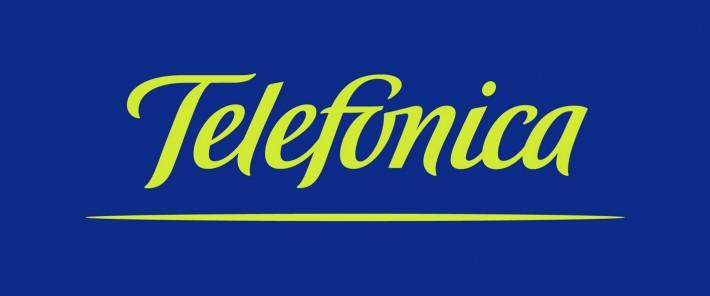There’s been no shortage of detractors over T-Mobile’s risky decision to move to a Value Plan only world in 2013. Now, Tracy Isacke, director of Telefonica Digital, a large Spanish multinational telecommunications company with more than 313 million customers worldwide is advising T-Mobile not to go down this path.
Isacke suggests taking it from experience as Telefonica decided to undertake the same move earlier this year with less than favorable results. In September of this year alone, Telefonica lost 253,520 mobile users as Vodafone, another large European operator (part owner of Verizon/Wireless) is also seeing negative results from the removal of subsidies.
“It was a disaster,” said Tracy Isacke, director of Telefonica Digital.
T-Mobile’s move would likely see less detractor feedback if more US carriers were to transition away from subsidies, says Omar Javaid, Managing Director of BBO Global and former Motorola exec.
“If someone wants to drop subsidies, that’s an opportunity [for the competition] to go for the jugular,” he said.
As a result, Telefonica competitors like Orange have gained market share at the expense of Telefonica and Vodafone. Fears that T-Mobile may lose customers as a result of this move is matched with the concern that it may attract customers with outdated equipment.
As part of T-Mobile’s Value Plan move, they will continue their “bring your own device” message allowing customers who finish a two-year contract at AT&T to bring their already aging device over. As T-Mobile’s rate plan prices are cheaper, there may be little incentive for customers to drop their two-year old devices and just move over to T-Mobile and save money on monthly costs. T-Mobile’s reputation is already suffering from slow network upgrades, and its place as the last carrier to receive the iPhone — what they don’t need is another ding to their image of being a bottom-feeder carrier.
It’s true that Value Plans allow customers to come out ahead over the course of a two-year agreement, especially compared to companies still relying on the subsidy model ala AT&T, Sprint and Verizon. Still, T-Mobile has their work cut out if they not only wish to avoid the pitfalls that Telefonica and Vodafone, but also to convince customers that paying $650+ dollars for an iPhone going for $199 elsewhere works out in their favor over the long run.
The problem may ultimately be a psychological issue as the US wireless market has ingrained the subsidy model for years that any move away from it could scare customers off. We’ve been trained to expect subsidized pricing even as many of us know the subsidy model is a terrible system. If the results from two mega-international carriers are a precedent, T-Mobile may face more than just an uphill battle selling customers on their new Value Plan only world.
CiteWorld via @kfitchard

